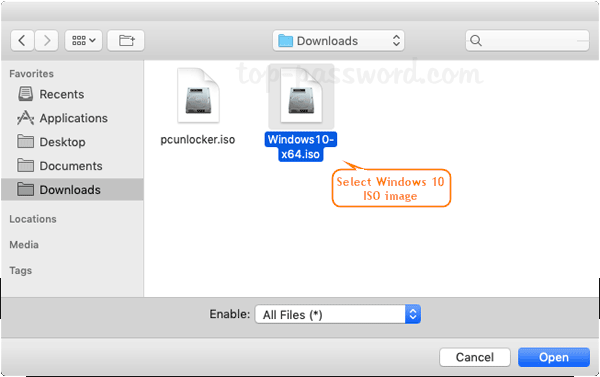

- CREATING BOOTABLE MAC USB ON WINDOWS HOW TO
- CREATING BOOTABLE MAC USB ON WINDOWS INSTALL
- CREATING BOOTABLE MAC USB ON WINDOWS UPGRADE
- CREATING BOOTABLE MAC USB ON WINDOWS WINDOWS 10
- CREATING BOOTABLE MAC USB ON WINDOWS WINDOWS 7
AoE heal or if someone needs a big one - I use certain skill from backline DPS (like graveroobber's lounge) to move her to 3rd rank where she can heal sole targets to much higher effect.Note, it works really good in ruins due to her +dmg on unholy targets (mace bash). Originally posted by:I talk of my personal experience and belive me I know what I'm talking about, rank 2 Vestal is a thing ONLY with Profane Scroll, and that build starts to shine late game, but with that thing is so GOOD that a nerf could be reasonable, try it once and you'll never go back.And after Crimson Court it's even better! Best aoe trinkets for dmg wow. Type the convert GPT command and press Enter.Įnter the create partition primary command and press Enter to complete the process.I really like it! Originally posted by:I concur. Type the select disk command with the number assigned for the USB flash drive (for example select disk 4) and press Enter. You will then be asked which disk image to restore. On the left-panel, select your USB flash drive and right-click the drive. Load up TransMac and run the application as an administrator.
CREATING BOOTABLE MAC USB ON WINDOWS HOW TO
Type the diskpart command and press Enter.Įnter the list disk command to view all drives connected to your computer and press Enter. How to Create a macOS Boot Drive In Windows Using TransMac.

Search for Command Prompt, right-click the top result, and select the Run as an administrator option. To create a GPT partition on a removable drive, use these steps:
CREATING BOOTABLE MAC USB ON WINDOWS WINDOWS 10
However, this time, you should use the following steps to use the Diskpart command-line utility on Windows 10 to create the appropriate GPT partition, and then follow the above instructions. In this case, you may need to redo the entire process again. If the USB flash drive is not working with TransMac, it could still be a partition problem. Create a GPT partition on a USB flash drive
CREATING BOOTABLE MAC USB ON WINDOWS UPGRADE
Once you complete the steps, you can now insert the USB flash drive on your Mac computer to install, reinstall, or upgrade the operating system to the latest macOS version, which can be Sierra, Catalina, Big Sur, Monterey, or higher. TransMac creates a macOS USB bootable drive warning. Select the volume containing the bootable installer, then click Continue.

Turn on your Mac and continue to hold the power button until you see the startup options window, which will show your bootable volumes. Select dmg macOS file to create a bootable USB drive Plug the bootable installer into a Mac that is connected to the Internet and compatible with the version of macOS youre installing. dmg file with the macOS installation files. Right-click the USB flash drive and select the Restore with Disk Image option from the left navigation pane.Ĭlick the Yes button to confirm the erase of the USB flash drive data.
CREATING BOOTABLE MAC USB ON WINDOWS INSTALL
To create a bootable USB drive with macOS, use these steps:ĭownload and install TransMac on Windows 10.
CREATING BOOTABLE MAC USB ON WINDOWS WINDOWS 7
You can use a Windows 10 (or 11), Windows 8.1, or Windows 7 device to quickly create a USB bootable installation media to reinstall macOS Monterey, Big Sur, or Catalina on your Mac. However, if none of your devices (MacBook, MacBook Air, MacBook Pro, iMac, Mac Pro, or Mac Mini) are not working when you need them the most, you can use a Windows computer to rescue your Apple device. This is one of the main reasons you should consider making a macOS bootable USB when your device works properly. If the unexpected happens with an Apple computer, you can use a macOS bootable USB with the installation media to repair it. It’s just a matter of time until your computer will refuse to start, which could happen for many reasons, including (and not limited to) file corruption, hardware failure, and buggy update. It does not matter whether you use macOS, Windows 10, or Windows 11.


 0 kommentar(er)
0 kommentar(er)
